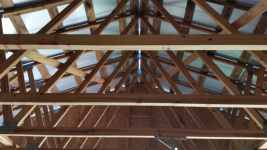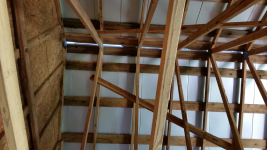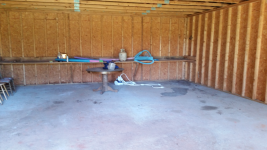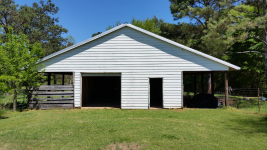Wakey
Veteran Member
- Joined
- Jul 7, 2013
- Messages
- 1,164
- Location
- Madison Georgia
- Tractor
- John Deere Z915B Zero Turn 54 Deck
We close on this property later this month and most of our belongings will be stored in this barn while I build a new home.
I've seen people here talk about condensation yet I see no proof of it in this structure. I was wondering if this is really more prevalent further up north. This is due East of Atlanta. Does it happen during winter?
I plan on covering the floor with a plastic tarp and if it's advisable, throwing another on top of the furniture and boxes. What say you?
The barn was built in 1994 and the roof was replaced in 2011.
Also, check out the LP siding, will be replacing with Hardi.
I've seen people here talk about condensation yet I see no proof of it in this structure. I was wondering if this is really more prevalent further up north. This is due East of Atlanta. Does it happen during winter?
I plan on covering the floor with a plastic tarp and if it's advisable, throwing another on top of the furniture and boxes. What say you?
The barn was built in 1994 and the roof was replaced in 2011.
Also, check out the LP siding, will be replacing with Hardi.



